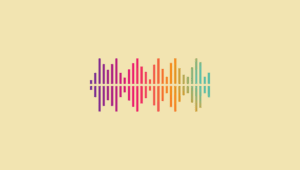Incontinence tends to bring up a variety of emotions and serious issues for older adults, which is why incontinence care is so important. For starters, personal issues include emotional distress, anxiety, and embarrassment. Interrupted sleep cycles and urinary tract infections, or UTIs, are more common than most would care to admit. And the most serious of all consequences are trips, falls, and even life-threatening injuries due to being forced to take even multiple, nighttime trips to the bathroom.
So, what exactly is incontinence? Simply stated, it is the inability to contain urine in the bladder until it is voluntarily released. This issue is not rare, and in fact, affects an estimated 13 million Americans according to recent, readily accessible medical studies. The good news is that there are several things that an older adult can do to manage incontinence on their own.
Ways That an Older Adult Can Help Themselves
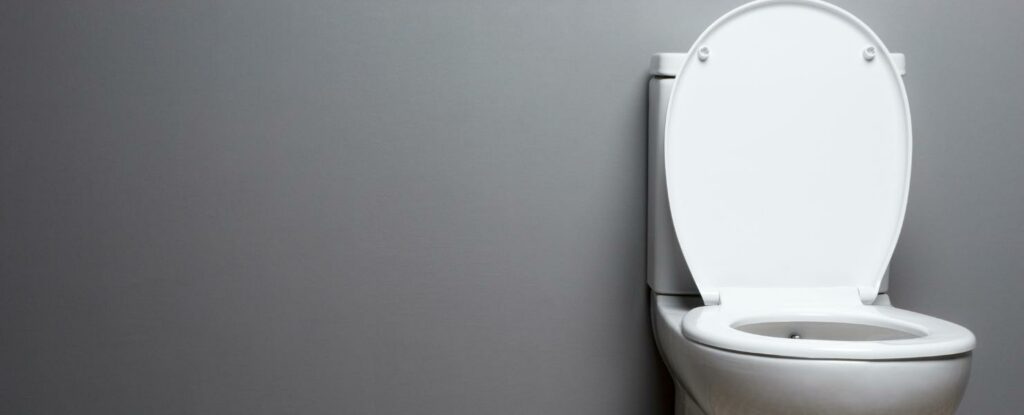


Caring and support from a professional caregiver, a friend, or a family member can be invaluable. Advising older adults about genuinely useful habits and by providing them with the best products on the market, on the other hand, can greatly improve the quality of their lives, give them better health, and peace of mind. The purpose of this article is to offer relevant advice to ensure that an older adult not only survives, but thrives.
Setting a Bathroom Schedule
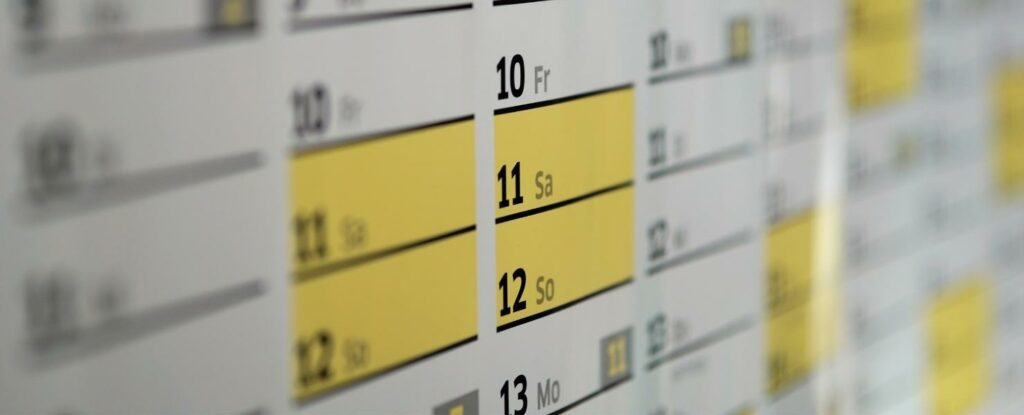


With a set bathroom schedule, it will be much easier for an older adult to feel more in control and gain confidence as they monitor their needs.
Measuring all fluids consumed during the day, and not consuming beverages at least two hours before bedtime can reduce their need for a nightly bathroom visit. Having a set bathroom schedule is most crucial for individuals who suffer from dementia or Alzheimer’s.
An adult relative or caretaker could help by creating colorful signs and setting up specific notifications or alarms so the individual is aware of set drinking times (this would even help with hydration).
Beverages to avoid include caffeine, alcohol, citrus-based drinks, and carbonated drinks (with and without caffeine). Flavorings that may trigger more frequent urination include honey, sugar, and artificial sweeteners.
And lastly, reducing spicy foods, chocolate, and tomato-based foods (yes, even ketchup!) can make a difference. An older adult can gently remove or reduce these items one at a time. The most positive outcome of older individual adhering to a fixed schedule is that their body will become naturally accustomed to it, and lower the risks of an accident.
Tracking Incontinence



Scheduling both consumption and bathroom visits can be highly effective when dealing with incontinence care, but additionally, it can be useful to track the issue at hand. If your loved one is consistently having accidents, then perhaps this isn’t necessary, but charting the issue if it is a bit more rare can help you discover the source of the problem, understand and follow any sort of further decline, and help you out when you need to speak to a doctor about the issue at hand.
We’d recommend using an app like WayWiser to track and share this information with anyone else who may be helping with the care routine. Create a note in the app and you, your siblings, or paid caregivers can make a note when there was an accident.
Over time, you can look back to see if things are changing for the worse (or the better) and perhaps even correlate any incontinence issues with specific activities or meals.
Kegel Exercises for Incontinence Care Strength
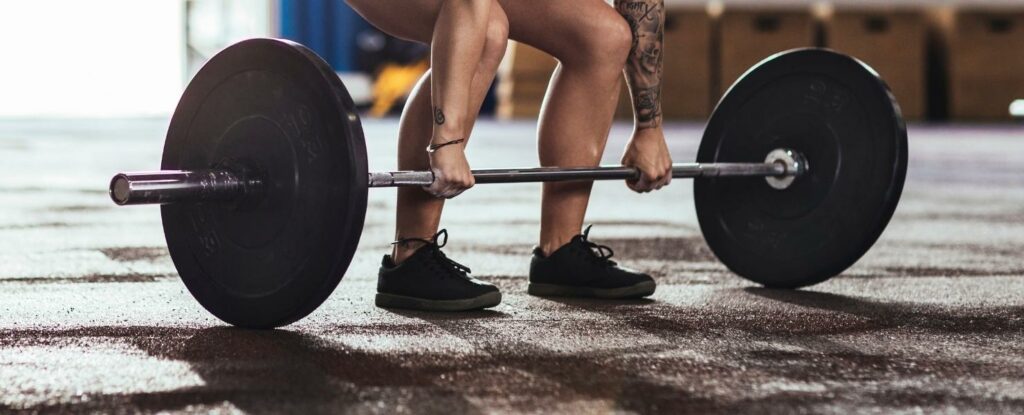


Kegel exercises can help your loved one improve their strength when it comes to incontinence, being better able to manage their urine release with muscle management. Here is an easy step-by-step guide to get them started:
1. Identifying the right muscles – While your loved one is urinating, they should stop midstream to determine which muscles are on the pelvic floor – ie, which muscles are being used during the urination process. Identifying their pelvic floor muscles will allow them to do the exercises in any position, though at first, it may be easier for them to lie down. The pelvic floor muscles are crucial and support the bladder, uterus, and bowel.
2. Practicing their technique is important – Kegels are performed by tightening pelvic muscles as though one is lifting a marble. They can do this for three seconds at a time, then relax for three seconds. Just like lifting weights at the gym, its about continual practice to slowly strengthen the muscles over time.
3. Staying focused – Older adults should concentrate only on tightening their pelvic floor muscles for best results. They must not flex the muscles in their abdomen, thighs, or buttocks. They must also breathe normally during exercise. Help them out by teaching them to focus on those specific muscles that they could feel during step one of this process.
4. Repetition is essential – It is best for them to do three sets of 10 to 15 repetitions daily.
Accessible Medical Treatments
1. Pills, liquids, or patches may be prescribed – While a doctor can certainly prescribe medications to help, be aware that certain medications for overactive bladders have been linked to a higher risk of cognitive decline in older adults. It is always best to discuss medications with one’s doctor before looking for an over-the-counter solution.
2. Estrogen cream may help relieve urge or stress incontinence – It contains low amounts of estrogen which is applied externally to the vaginal tissues and urethral lining.
3. To help close the bladder, bulking agents can be used – A bulking gel or paste can be injected to thicken the area around the urethra. Although the method is effective, it may need to be repeated.
Other treatments include surgery, biofeedback, and electrical nerve stimulation; these more permanent and alternative options can be discussed in depth with a doctor.
A Brief List of Effective Incontinence Products
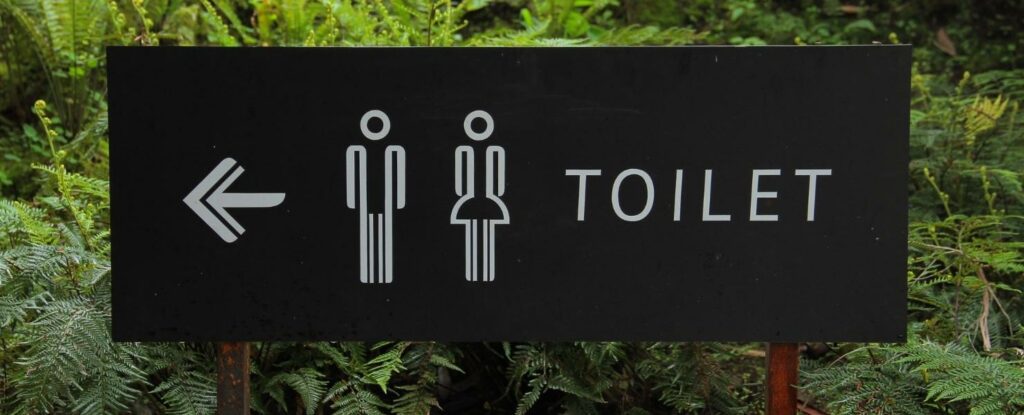


In addition to lifestyle changes, bladder control treatments and medications, there are also other convenient solutions that can act as supportive items:
- disposable underwear
- adult and overnight diapers
- furniture pads
- mattress protectors
- urine deodorizers
Note that this list is not exhaustive and there are new products created all the time. Despite treatment, some people might still leak urine from time to time.
Conclusion
All said and done, there are two main items to consider when dealing with a loved one and their incontinence care. You should remind them that there are some exercises that can be done to help them maintain or improve their condition and most importantly, let them know that they are not alone.
Incontinence as an adult, young or old, is embarrassing. Do your best to treat your loved one with comfort and dignity. It’s tough enough going through the issues, the last thing you want is for them to feel bad about it.


